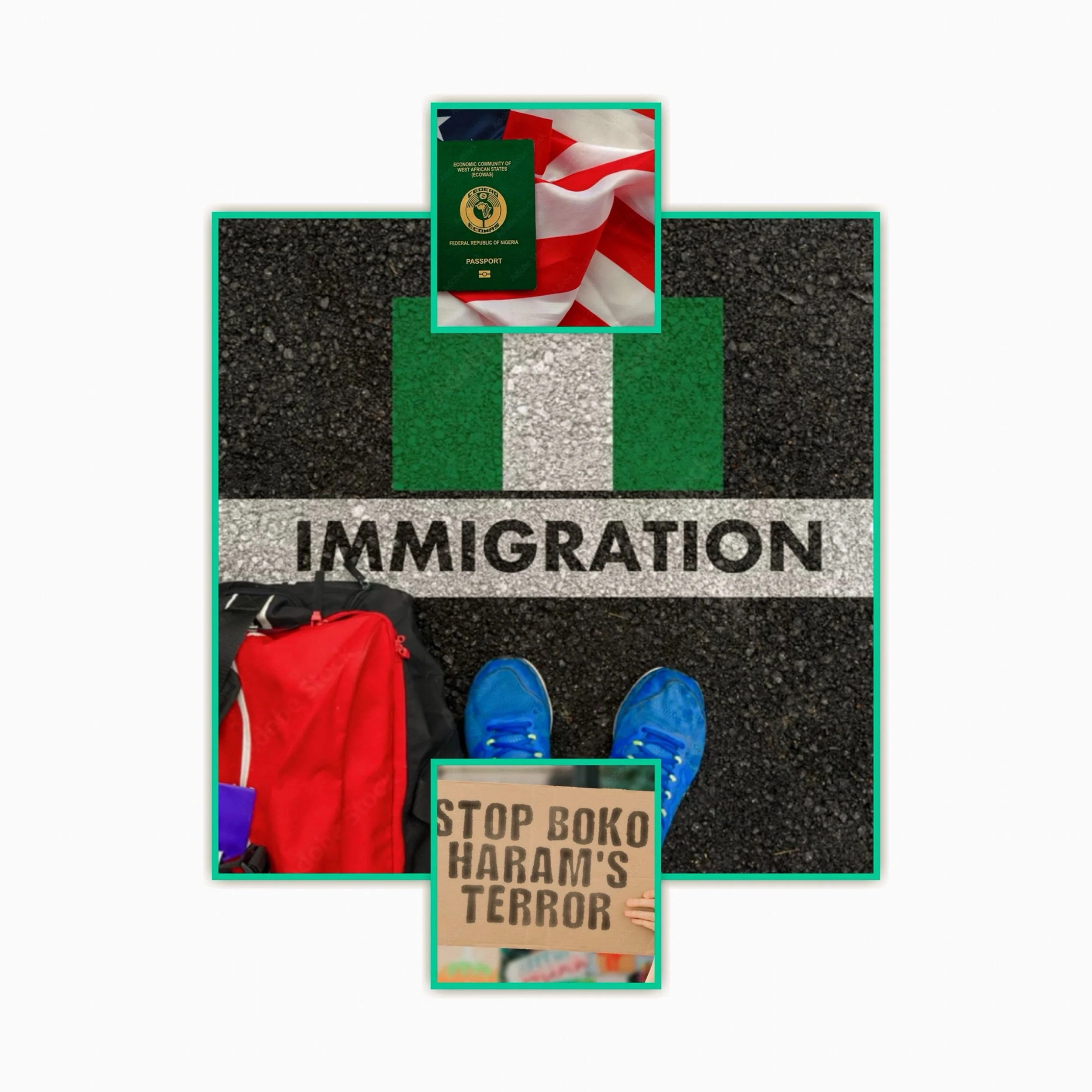Congo for dummies - Democratic Republic of Congo and The Republic of Congo?
Introduction
The Republic of Congo (Congo-Brazzaville) and the Democratic Republic of Congo (Congo-Kinshasa) are two distinct countries in Central Africa that share similar names but have several key differences:
Size and Population
The Democratic Republic of Congo (DRC) is significantly larger in both land area and population:
DRC: Second-largest country in Africa, with an area of over 2.3 million square kilometers and a population of around 111 million.
Republic of Congo: Much smaller, with an area of 342,000 square kilometers and a population of about 5-6 million.
Colonial History
Republic of Congo: Former French colony, gained independence in 1960.
DRC: Former Belgian colony, also gained independence in 1960.
Political Stability
Republic of Congo: Generally more stable political history since independence.
DRC: Experienced more political instability, including periods of dictatorship and ongoing conflicts.
Economy
Republic of Congo: Significant oil producer, with oil exports contributing substantially to its GDP.
DRC: Rich in minerals such as cobalt, copper, diamonds, and gold, with a larger and more diverse economy.
Capital Cities
Republic of Congo: Brazzaville
DRC: Kinshasa
Currency
Republic of Congo: Central African CFA franc
DRC: Congolese franc and US dollar
Languages
While both countries use French as an official language and Lingala is widely spoken in both:
Republic of Congo: Additional languages include Kituba, Mbochi, and Teke.
DRC: Home to over 200 ethnic languages, including Kikongo, Swahili, and Tshiluba.
Conclusion
Despite their differences, both countries share similarities in climate, natural resources, and some cultural aspects due to their geographical proximity and shared history in the Congo Basin region






